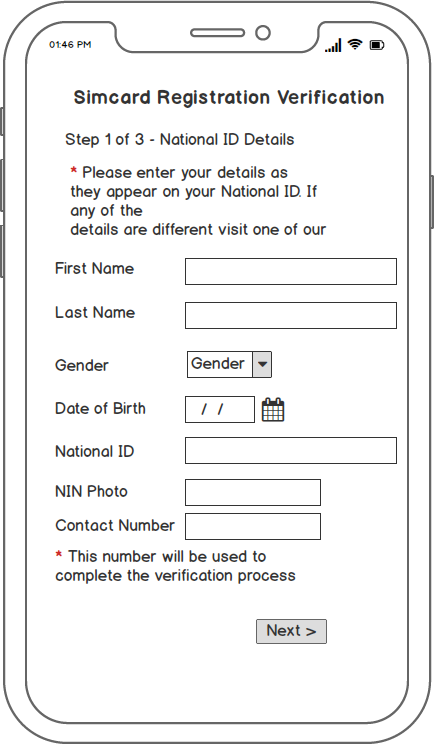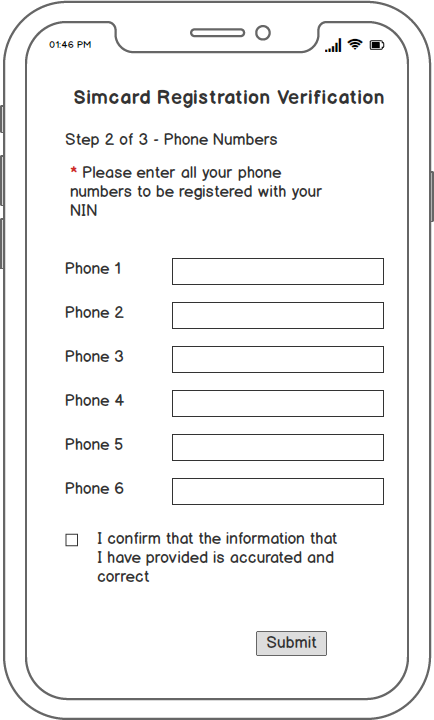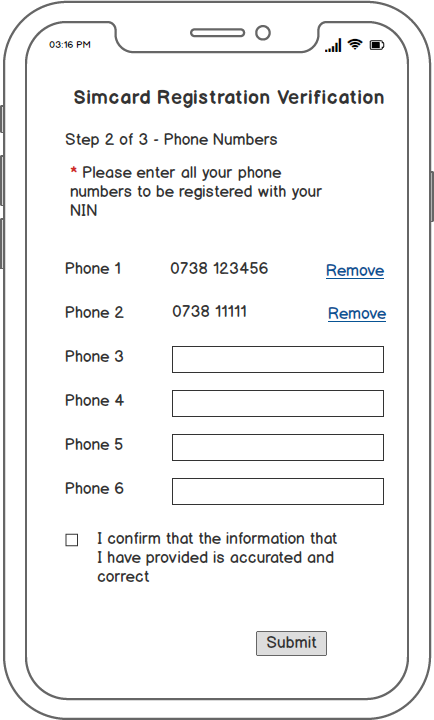Looks like the economy is back in the open, but the lingering effects of the COVID19 pandemic have driven a more digital focus on life and work. Looks like our local service providers have not really made any moves over the last 2 years
Here is my checklist based on my exposure across the places I have lived
- Having a buffet of services that are paid off at a regular cadence (rythmn)
- Voice minutes for on-network and off-network – removes the need for multiple simcards
- Data – mobile data and broadband data
- SMS messages (yes I still use them)
- Family plan to help me manage my household telecom needs (I have teenagers who are due to get their own phones and numbers)
- Ability to add and remove numbers to a plan, I would be happy to pay for batches of 5 numbers
- Happy to pay a service fee for each number added to the plan – I already do this when gifting airtime and data
- Shared pool of minutes across the plan both on and off network
- Tax invoices as they are required by URA for tax purposes and/or clients for reimbursements
- Weekly/Monthly plan options since this helps manage cash flows and cater for usage pattern changes like school and holidays
- Ability to measure usage by different members – who is using the services the most, this is by the default account on the plan. Better if it is an online dashboard so that I can check it regularly and adjust accordingly
- Unlimited Internet access in the suburbs outside the CBD with fairly high FUP (350GB and above per month)
What are your telecom service needs – what are they doing right or not?





